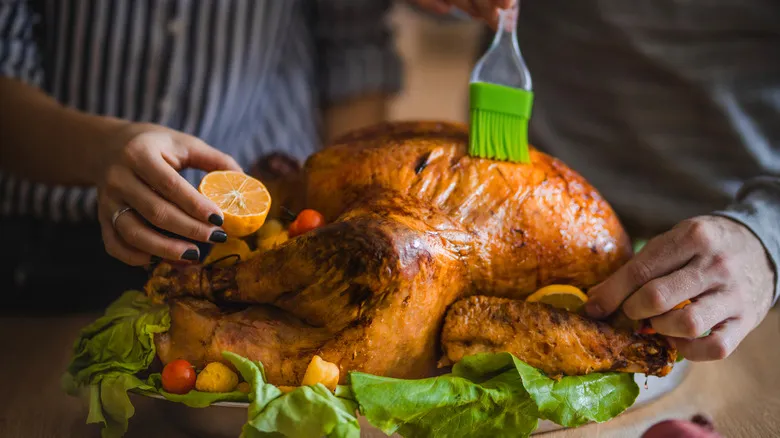Why you shouldn't baste your turkey
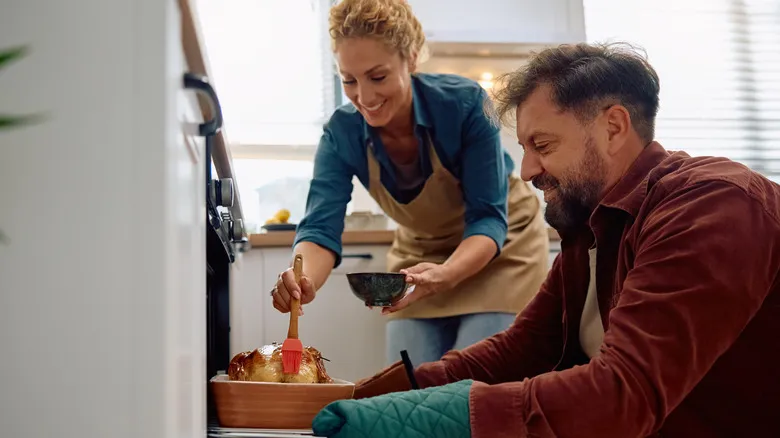
Basting your turkey is actually counterproductive. Each time you open the oven door to apply basting liquid, you lower the oven temperature, which prolongs the cooking time. This additional time in the heat can further dry out the meat, defeating the purpose of basting in the first place.
Not only does this delay dinner, but basting also doesn't enhance the flavor as intended. While the goal is to add moisture to the meat, the turkey doesn't really absorb much of the basting liquid. Instead, it simply runs off the surface, failing to penetrate to the center. Moreover, continuously adding moisture to the exterior prevents the skin from becoming crispy and golden.
Most concerning, basting can pose food safety risks. When you brush the meat with basting liquid, your tools and leftover liquid can become contaminated with bacteria from the raw turkey. Even if the bird cooks off some of that harmful bacteria, you're reintroducing it by basting. If you serve the turkey before the basting mixture reaches 165 degrees Fahrenheit, you run the risk of ingesting that bacteria, which could lead to foodborne illness.
Why you should brine instead of basting

If you're not basting your turkey, you might be wondering how to infuse it with flavor and moisture. A fantastic method to ensure the meat stays juicy on the inside while achieving a crispy exterior is to brine the turkey. Brining involves soaking the turkey in a saltwater solution that often includes various flavoring agents. This process, done in advance of the big day, significantly enhances both the taste and texture of the meat. The salt in the brine helps break down some of the proteins, allowing the turkey to better absorb moisture and flavors.
After brining, it's crucial to let the turkey dry before cooking. While you want the inside to be moist, a drier outer layer will crisp up beautifully in the oven. Additionally, to maintain moisture, be careful not to overcook the turkey. If you do end up with a dry bird, you can use butter stock as a clever way to add moisture back in.
Recommended
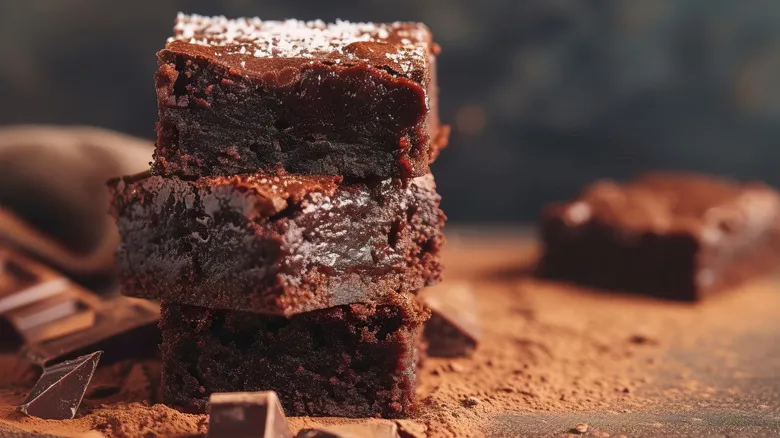
Why Using The Toothpick Test Is A Mistake For Your Brownies
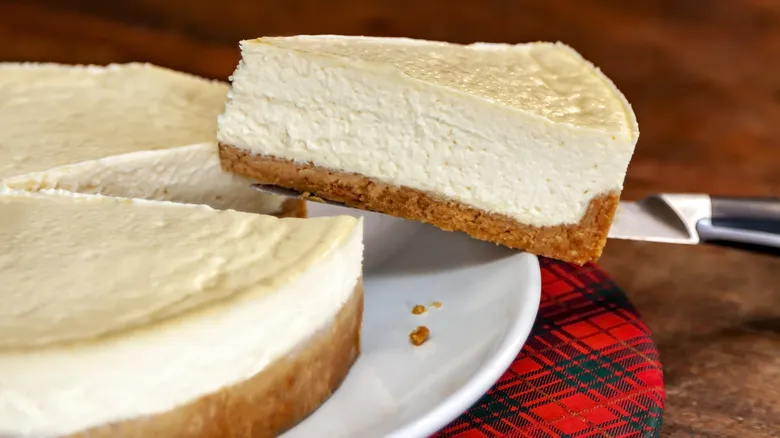
The Funky Cheese You Should Try In Your Cheesecake

Does Banging Your Sheet Pan Really Make Cookies Better?
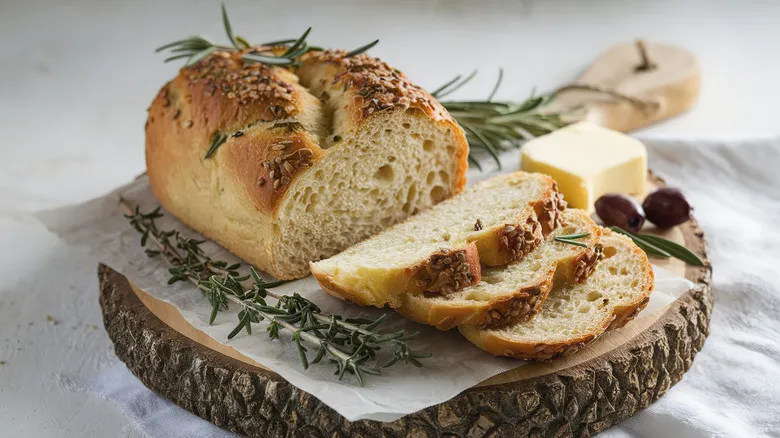
How To Bake With Fresh Herbs Like A Pro
Next up

